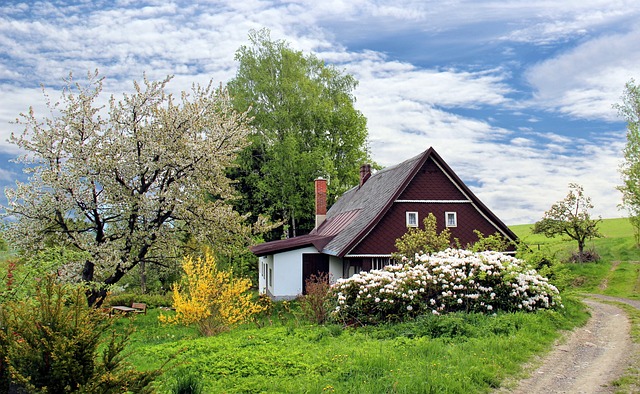Maryland’s housing market has been on a steadfast climb, with the median home price currently standing at a hefty $453,000. While there’s no immediate indication that these prices will take a dip anytime soon, the silver lining for prospective homeowners lies in the growing trend toward smaller homes.
This shift is in some ways about spending less, but it’s also a conscious move towards smarter living, where every square foot counts. As contractors and sellers grapple with the challenge of maximizing limited spaces, the focus has sharply turned to innovative design solutions that make smaller homes downright desirable. The conversation is buzzing with questions about how best to utilize compact spaces without compromising on comfort or style.
Open Concepts
One of the standout trends in this evolving landscape is the open-concept design. But why exactly are open spaces so favored, especially when dealing with limited square footage? The answer lies in the seamless flow and versatility that such layouts offer. In other words, open concepts break down traditional room barriers and allow for multifunctional areas that can adapt to various needs – from hosting gatherings to creating home offices.
This flexibility makes smaller homes feel more open and the living experience improves. Additionally, open layouts often allow for more natural light, which makes rooms appear larger and more inviting. As a result, homeowners and designers alike are prioritizing open spaces as a key element in making smaller homes both functional and aesthetically pleasing, proving that size doesn’t have to limit style or comfort.
The Furniture Factor in Small Spaces
Regarding furnishing smaller homes, comfort has taken center stage as a non-negotiable priority. In tight-knit spaces where every piece of furniture needs to serve a purpose without cluttering the living area, choosing the right pieces is crucial. A cozy sofa in the living room, for example, makes a home feel more inviting and gives residents the chance to relax while still keeping things functional. Multifunctional furniture, such as sofa beds, extendable dining tables, and storage ottomans, are becoming staples in smaller Maryland homes, mainly because they offer both comfort and practicality. Also, soft fabrics, ergonomic designs, and versatile styles help in making small spaces feel both cozy and expansive.
Smaller Homes in Maryland’s Weather
Maryland’s diverse weather patterns, ranging from hot summers to chilly winters, pose unique challenges to home maintenance; however, the good news is, that smaller homes often come with the advantage of being easier to maintain, even in the face of fluctuating weather conditions. With less space to worry about, homeowners can keep their smaller homes in great shape without too much effort or cost. Energy efficiency is another benefit, as smaller spaces typically require less energy for heating and cooling, which is what also makes them more eco-friendly. Additionally, the reduced exterior area means lower costs and time investments in yard work and exterior upkeep, which practicality makes smaller homes an attractive option for Maryland residents who want to enjoy the comforts of home without the burden of extensive maintenance.
As housing in the state keeps changing, the focus on smarter, more efficient living spaces is likely to shape the future of homeownership in Maryland and give hope to those trying to handle rising home prices with creativity and ease.







Recent Comments